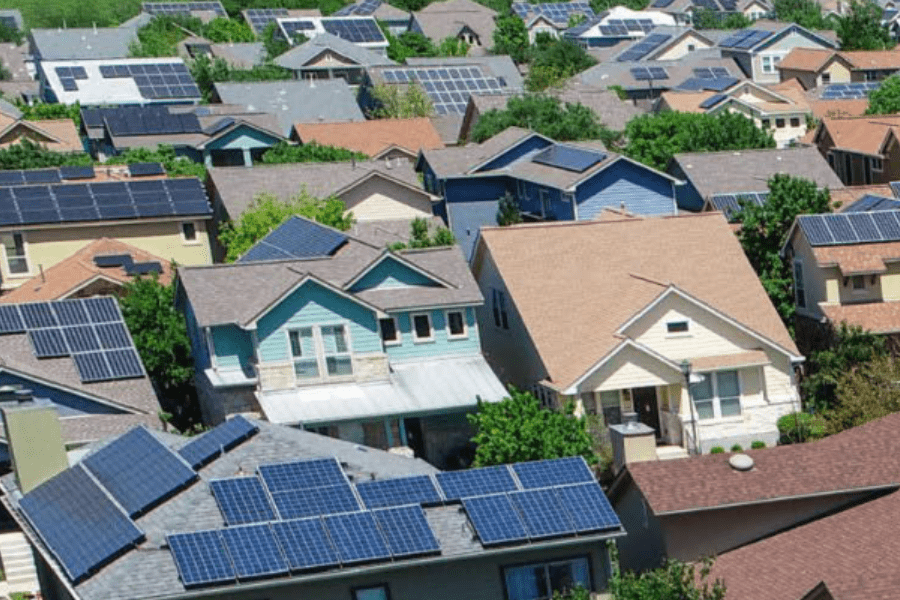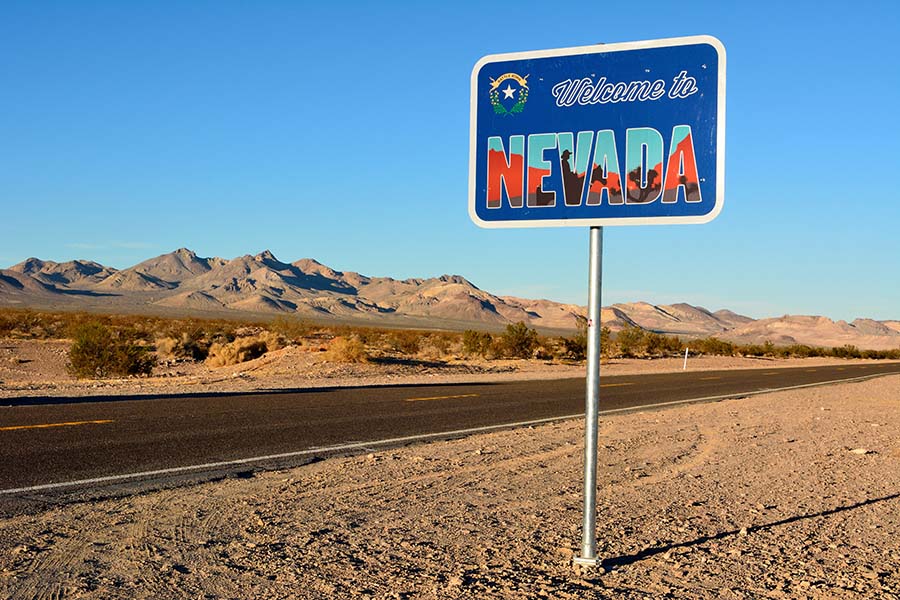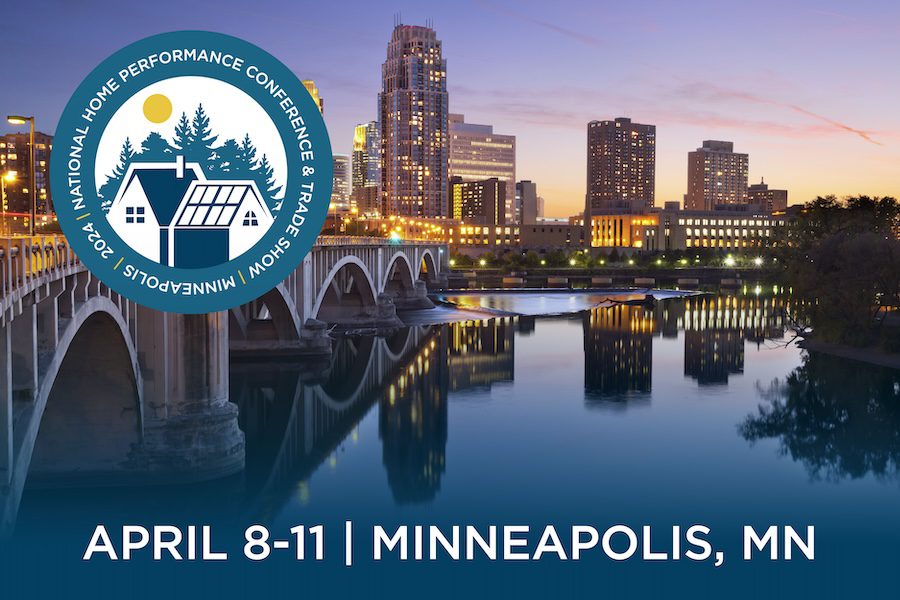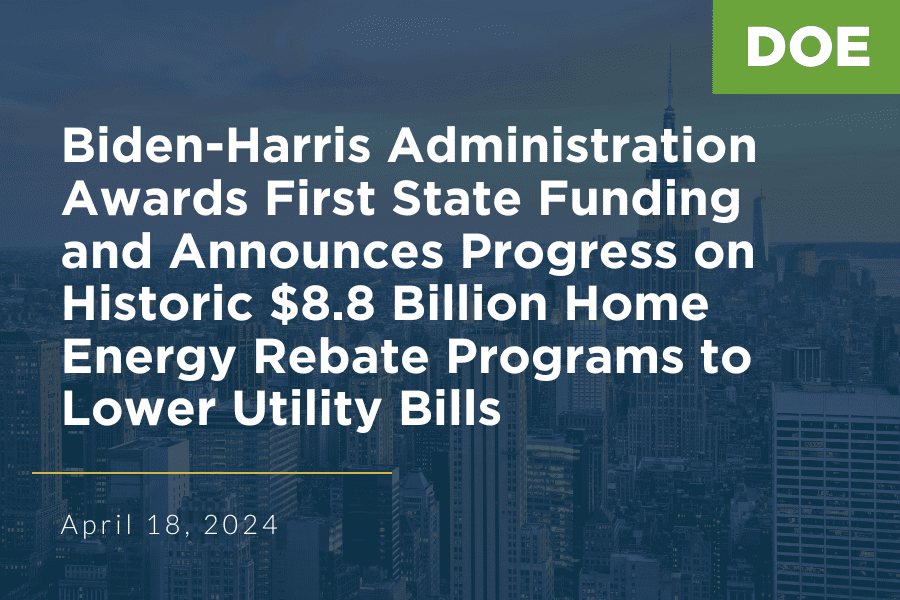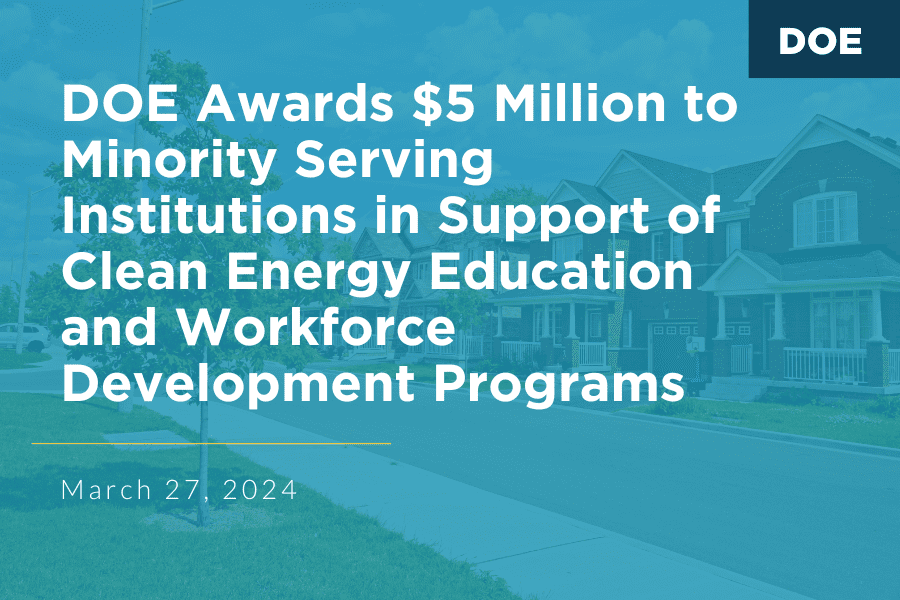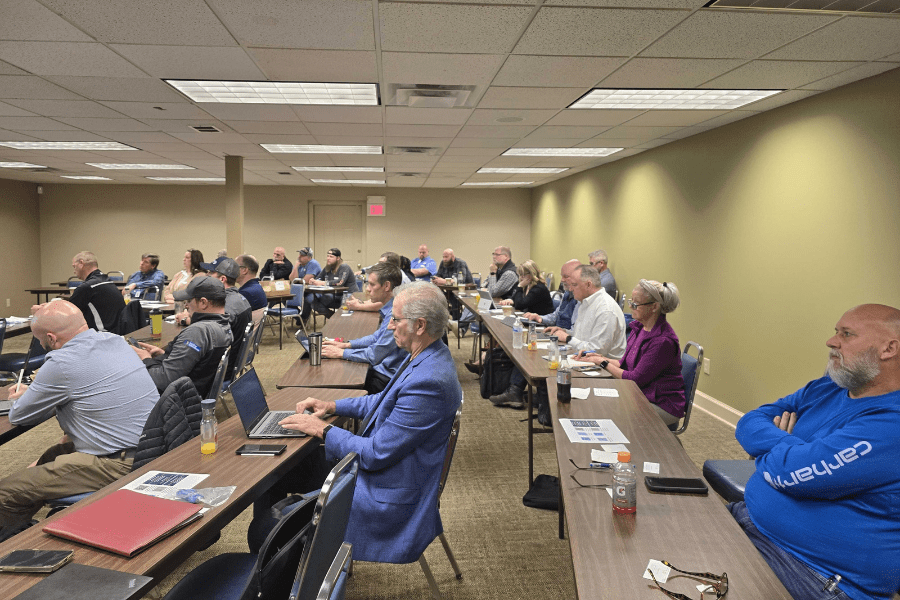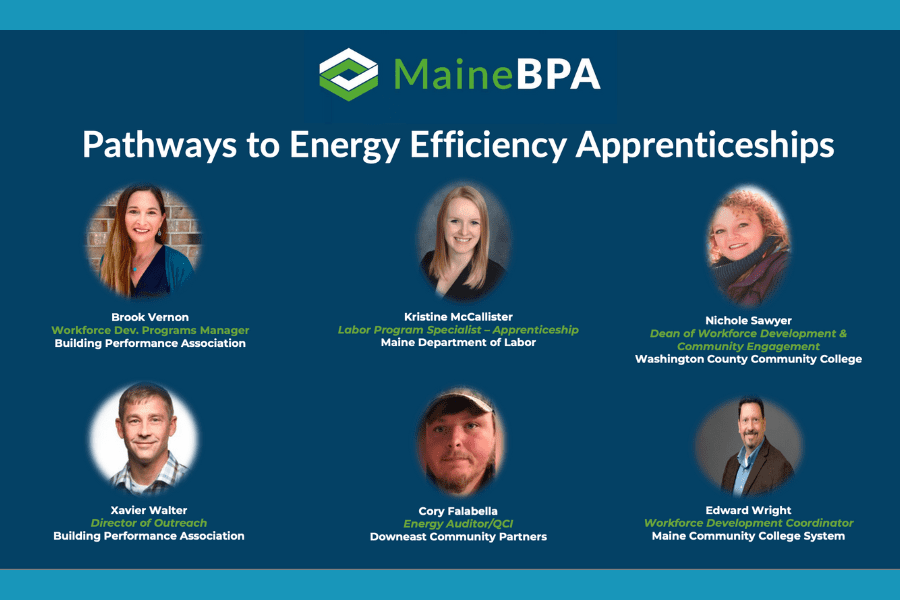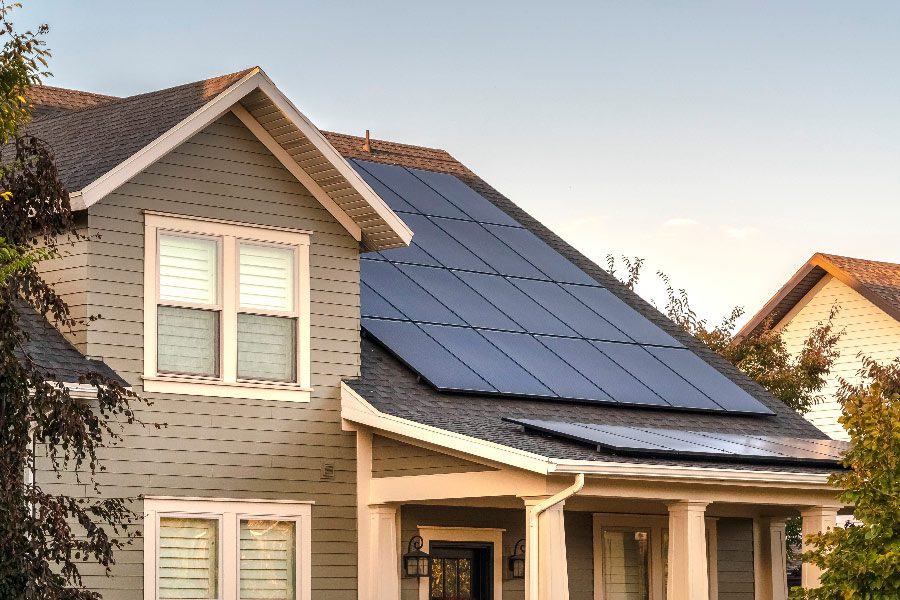News
See the latest information, event updates, and insights from the Building Performance Association.
EPA Announces 60 Award Recipients for Greenhouse Gas Reduction Fund Solar for All Program
An Update from EPA: Washington – On April 22, as the Biden-Harris Administration celebrates Earth Day, the U.S. Environmental Protection Agency announced 60 selectees that will receive $7 billion in grant awards through the Solar for…
Mass Save Energy Efficiency and Decarbonization Plan
Mass Save has published a draft of the upcoming 2025-2027 Energy Efficiency and Decarbonization Plan. The MA Energy Efficiency Advisory Council (EEAC) will host listening sessions on the plan on May 13 and June 3. Register here. Some highlights…
NV Clean Energy Fund Secures $156MM Federal Solar for All Grant
An update from Nevada Clean Energy Fund: Reno, NV – The Nevada Clean Energy Fund (NCEF) is thrilled to announce that the nonprofit was selected for a $156 million federal Solar for All grant. Solar for…
2024 National Home Performance Conference & Trade Show Recap
Quick Links Download Slides / Agenda | Photo Gallery The 2024 National Home Performance Conference & Trade Show (NHPC’24) brought together the second largest crowd in our national conference history. 2,490+ attendees joined us from…
Biden-Harris Administration Awards First State Funding and Announces Progress on Historic $8.8 Billion Home Energy Rebate Programs to Lower Utility Bills
An update from the U.S. Department of Energy: WASHINGTON, D.C. — The U.S. Department of Energy (DOE) today announced it has approved New York’s funding application for the Inflation Reduction Act’s Home Energy Rebates and awarded…
DOE Awards $5 Million to Minority Serving Institutions in Support of Clean Energy Education and Workforce Development Programs
An update from The Office of Energy Efficiency & Renewable Energy: The U.S. Department of Energy (DOE) and MSI STEM R&D Consortium today announced $5 million in funding for two minority-serving universities to support the development of…
Recap: Energy Efficiency Meeting with Kentucky BPA
March 7, 2024: Meeting Recap On March 7, 2024, BPA Kentucky hosted an in-person energy efficiency meeting in Lexington to discuss state initiatives and updates in home performance. Weatherization agencies, contractors, and businesses and their…
Maine BPA Webinar Recap: Pathways to Energy Efficiency Apprenticeships
Webinar Recap On March 14, 2024, Maine BPA hosted an informative webinar highlighting Energy Efficiency Apprenticeship programs. We covered details about apprenticeships, why they’re important, how organizations in Maine can go about developing a Registered…
Michigan: EGLE Hosting In-Person and Virtual Input Sessions to Prepare for Federal Home Energy Rebate Funding
An update from Michigan EGLE: The Inflation Reduction Act (IRA) authorized the U.S. Department of Energy (DOE) to carry out the Home Energy Rebate (HER) Programs to help households save money on energy bills, improve energy efficiency, and reduce…
DOE Publishes Outreach, Technical Assistance, and Application Resources
An Update from the Office of State & Community Energy Programs: The U.S. Department of Energy (DOE) has released the following resources to help state and territorial energy offices (SEOs) apply for and implement the Home Energy Rebates: Education and…

